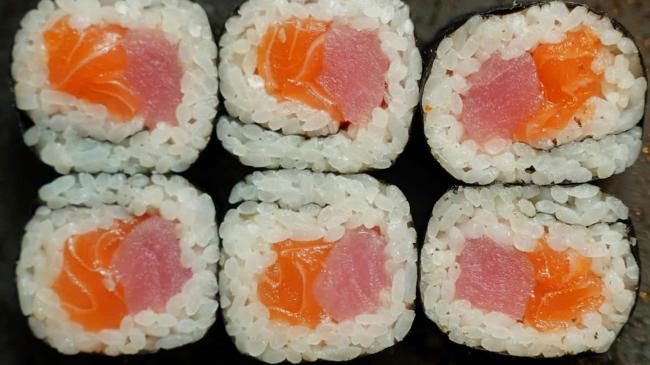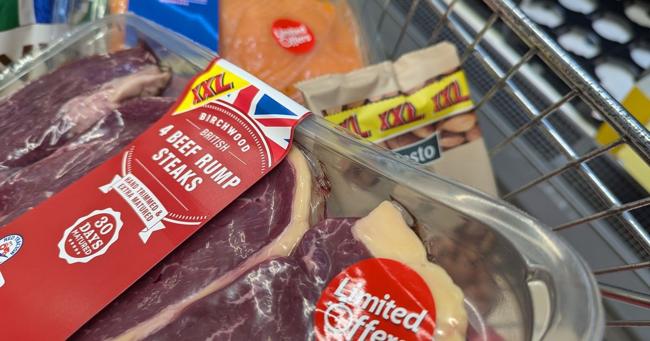Summary
Japan’s rice price surge began in the summer of 2023 due to extreme weather affecting harvests, rising demand from tourists, and panic buying following recent earthquakes. Despite efforts by the Japanese government to stabilize supply by releasing rice from reserves, shortages persist, especially in urban centres.
Source: NDTV Food

AI News Q&A (Free Content)
Q1: What factors contributed to the surge in rice prices in Japan during the summer of 2023?
A1: The rice price surge in Japan in 2023 was primarily due to extreme weather conditions affecting the harvests, increased demand from tourists, and panic buying following several earthquakes. Despite the Japanese government's attempts to stabilize the supply by releasing rice from reserves, shortages persisted, particularly in urban areas.
Q2: How have technological innovations in retail, such as AI, influenced the grocery sector in recent years?
A2: Technological innovations, particularly artificial intelligence, have significantly impacted the retail sector, including grocery stores, by enhancing logistics and data analytics capabilities. The COVID-19 pandemic accelerated the adoption of these technologies, allowing retailers to manage disruptions such as panic buying, and improve online-offline synergies to better meet consumer demands.
Q3: What role do autonomous supply chains play in mitigating disruptions in Japan's food supply chain?
A3: Autonomous supply chains enhance the monitoring and robustness of food supply chains in Japan by utilizing advanced technological frameworks. These systems help in detecting disruptions quickly and efficiently, allowing for prompt decision-making to mitigate the impacts of unexpected events like pandemics and geopolitical tensions.
Q4: In what ways have Japanese supermarkets adapted to the inflation and supply-demand challenges in 2023?
A4: Japanese supermarkets have adapted to the challenges of inflation and supply-demand imbalances by employing advanced retail analytics and technology platforms. These measures include optimizing inventory management, improving supply chain transparency, and adopting dynamic pricing strategies to better align with fluctuating market conditions and consumer behavior.
Q5: What are the historical developments of rice transplanters in Japan, and how have they impacted agriculture?
A5: Rice transplanters were first developed in Japan in the 1960s, with significant advancements in the 1970s and 1980s. These machines greatly reduced labor time and increased efficiency in rice planting. The adoption of mechanical transplanters has allowed for higher yields and reduced the dependency on manual labor, which is particularly beneficial given the aging population in Japan.
Q6: How has the Japanese-style diet influenced rice consumption patterns in Japan?
A6: The Japanese-style diet, which emphasizes rice as a staple food, along with vegetables, soybeans, fish, and seaweed, has maintained a steady demand for rice in Japan. This dietary preference is embedded in cultural eating habits and supported by national dietary guidelines that have been revised periodically since their introduction in the 1980s.
Q7: What are the economic implications of the rice shortages on Japan's urban centers?
A7: The rice shortages in Japan's urban centers have led to increased prices and altered consumer purchasing habits. These shortages have economic implications, such as increased cost of living and potential impacts on consumer spending in other areas. The situation has also prompted discussions on improving agricultural resilience and supply chain management to prevent future shortages.
References:
- Retail Analytics in the New Normal: The Influence of Artificial Intelligence and the Covid-19 Pandemic
- Implementation of Autonomous Supply Chains for Digital Twinning: a Multi-Agent Approach
- Japanese-style diet
- Rice transplanter





